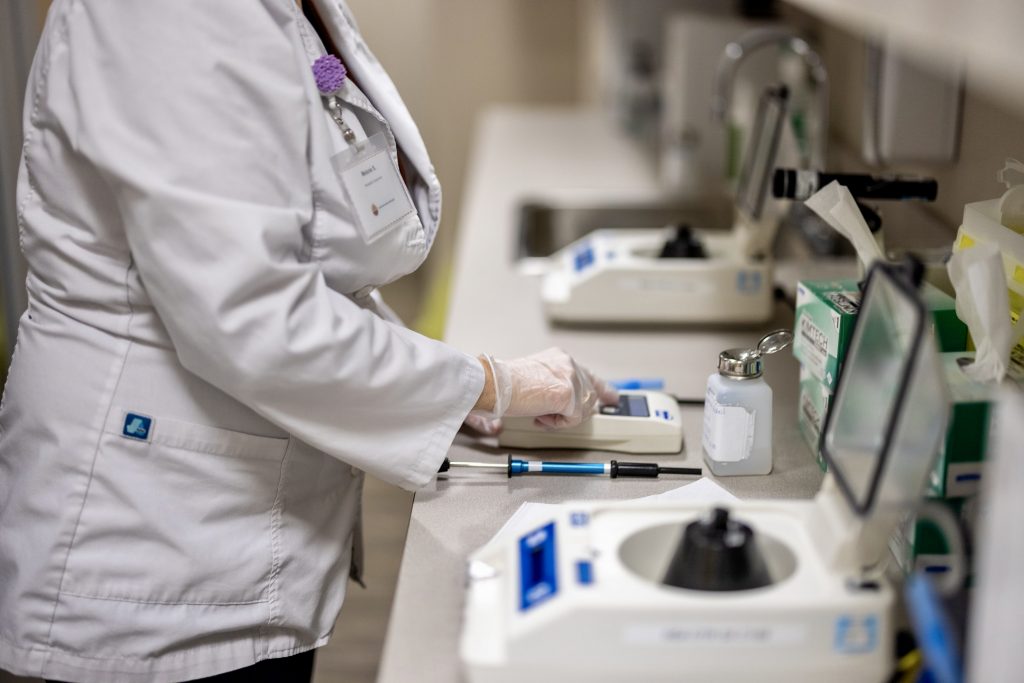How to Get Your Protein Levels Up for Plasma Donation
janvier 26, 2021

Plasma is a clear, straw-coloured liquid component of blood that contains important proteins. The proteins found in plasma, including albumin and globulin, play an essential role in blood clotting and defending the body against infections. Donated plasma is often used to create life-saving therapies for patients with rare diseases whose bodies aren’t able to perform these vital functions on their own. As such, keeping your protein levels up as a plasma donor is very important.
If you’d like to learn more about the ways you can get your protein levels up for plasma donation, keep reading to find out!
Protein Levels and the Plasma Donation Process
Plasma donors must meet certain eligibility requirements and undergo screenings to ensure their plasma is safe and viable. Part of the screening process involves total protein (TP) measurements being taken.
The total protein measurement process is relatively simple. It involves a finger stick test that is used to collect a blood sample. A capillary tube containing the blood sample is then spun and TP is measured. The minimum acceptable TP level for plasma donation is 6.0 g/dl.
If your TP levels don’t reach that level, you won’t be eligible to donate plasma on the day of the test. However, there are things you can do to bring your protein levels up and resume your plasma donation sessions if you find yourself in this scenario.
3 Ways to Increase Your Protein Levels for Plasma Donation
1. Consume Animal Proteins
Eating animal proteins is a great way to boost the protein level in your blood. Red meat is one of the best sources of animal protein, but it is also high in saturated fat, which can ultimately affect your cardiovascular health. To get optimal protein levels in your diet while also keeping your health in check, opt for leaner cuts of red meat like sirloin steak and filet mignon. These red meats contain 23 grams and 22 grams of protein per 3 oz serving respectively.
Other meats that are high in protein include pork, poultry, and fish. Pork contains 23 grams of protein per 3 oz serving, chicken contains roughly 24 grams of protein per 3 oz serving, and salmon contains 17 grams of protein per 3 oz serving.
2. Consume Dairy and Eggs
Dairy and eggs are another excellent source of protein. There are 6 grams of protein in one large egg and, compared to other cheeses, low-fat ricotta and cottage cheese contain a substantial amount of protein without a high percentage of fat. One cup of low-fat ricotta has 20 grams of protein and one cup of large curd cottage cheese has 23 grams of protein.
3. Consume Plant-Based Protein
If you don’t eat animal products, there are still ways to increase your protein intake with just plant-based foods! Tofu, lentils, beans, nuts, seeds, and dark leafy greens like spinach and kale are all great sources of protein.
No matter what your dietary preferences are, there are plenty of ways to boost your protein levels so that they are adequate for plasma donation! Book your next appointment at a Canadian Plasma Resources centre near you to help patients that rely on plasma-derived therapies and earn up to $4,680/year.









